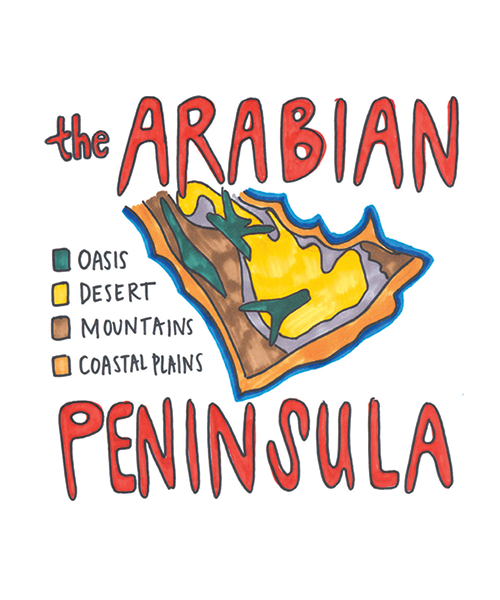Ingredients for Pita
- All-purpose flour
- Whole wheat flour
- Yeast
- Sugar
- Salt
- Olive oil
- Eggs
INGREDIENTS FOR HUMMUS
-
Garbanzo beans
- Garlic
- Tahini
- Lemons
- Flat-leaf parsley
- Salt
- Pepper
- Olive oil
- Assorted spices to taste, such as cumin, paprika, and sumac
- Yogurt
- Radish, carrot, or cucumber
- Garlic
- Mint
- Salt
- Assorted herbs to taste, such as parsley, cilantro, and chives





